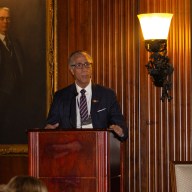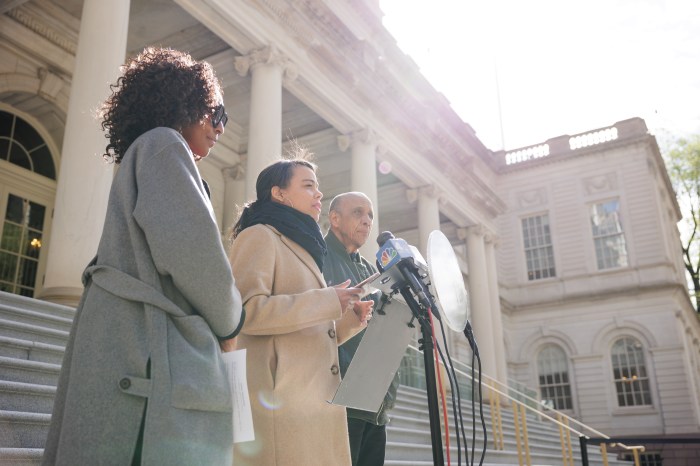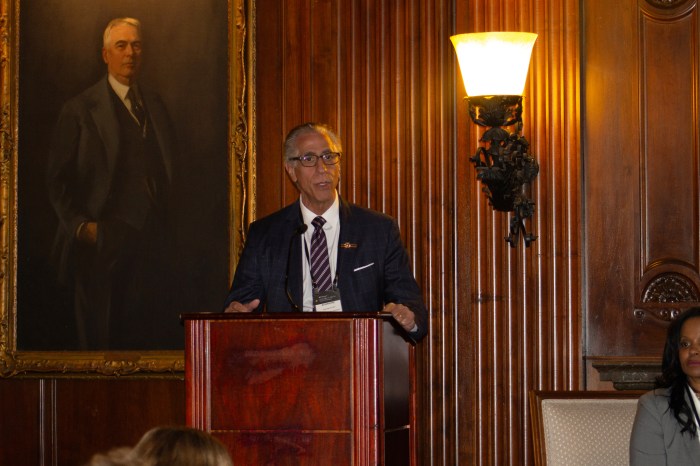Mayor Bloomberg and Speaker Quinn are getting serious about the future of the city’s waterfront with a new initiative called WAVES, a plan for increasing public access to and development of the waterfront. The announcement of the new effort took place at Mill Pond Park near Yankee Stadium on Tuesday, April 13. The Waterfront Vision and Enhancement Strategy, or WAVES, is to be developed over the next nine months. It includes the establishment of a comprehensive waterfront plan for the city’s 578 miles of shoreline with a special emphasis on increasing access and development along waterways.
Communities all over the borough stand to see increased public access to the waterfront. WAVES should establish priorities and set forth policy that can be implemented within the next three years. It was put into effect after the City Council passed legislation requiring that a plan be in place for the development and use of the City’s waterfront. The announcement was accompanied by comments from Congressmen Jerrold Nadler and Jose Serrano.
“New York City is known for its unparalleled skyline, beautiful parks, famous bridges and grand boulevards, but it’s 578 miles of waterfront may be its greatest physical asset and certainly one of the most important throughout its history,” said Mayor Bloomberg. “After decades of abandonment and neglect, our administration has made it a priority to increase access to and jobs on the waterfront, and from the construction of Barretto Point Park to the expansion of the Howland Hook Marine Terminal on Staten Island, we have made enormous headway over the last eight years. Now, the Waterfront Vision and Enhancement Strategy, or WAVES, we’re launching here today will create the new framework that will drive our efforts to restore New York City’s vibrancy not seen in generations.”
Community Board 10 district manager Ken Kearns said that he was pleased with the overall emphasis on increasing public access to the waterfront. CB 10 includes the waterfront communities of Throggs Neck, Country Club, Spenser Estate, Ferry Point, Co-op City and City Island.
“We are ensuring that the public has access to waterfront and that new development is consistent with the surrounding community,” Kearns said. “We are hoping that the new regulations will codify that.”
In Riverdale, increasing access to the Hudson River is a difficult endeavor because of the Metro North train line that runs alongside the river, blocking access.
“The waterfront can only be accessed through a small narrow park via an overpass at the Riverdale Metro North Station,” said Community Board 8 member Yael Levy. “Access to the river would necessitate the construction of overpasses taking the public beyond the train tracks. This can be done, but it is very costly.”
The Riverdale Yacht Club and College of Mount Saint Vincent are the only other private locations along the Hudson River in CB 8 that have direct waterfront access.
Levy said that the community is coming together for a Riverfest on Sunday, June 13 at the College of Mount Saint Vincent.Reach reporter Patrick Rocchio at (718) 742-3393 or procchio@cnglocal.com.






















